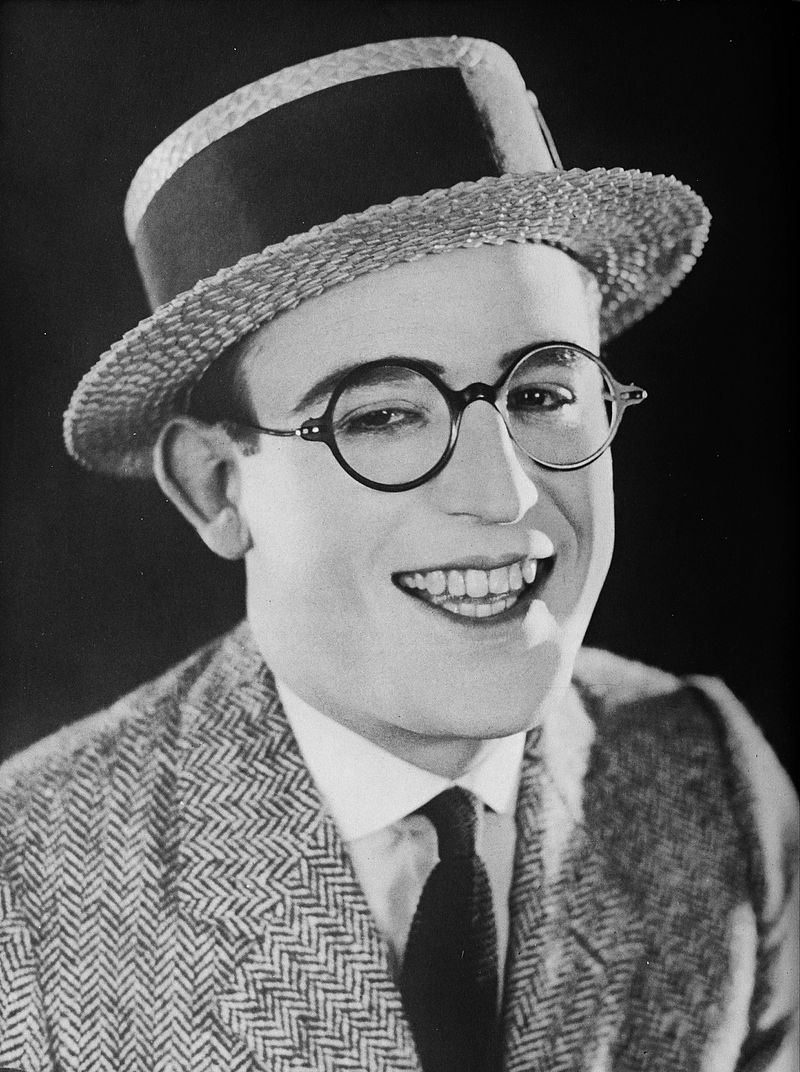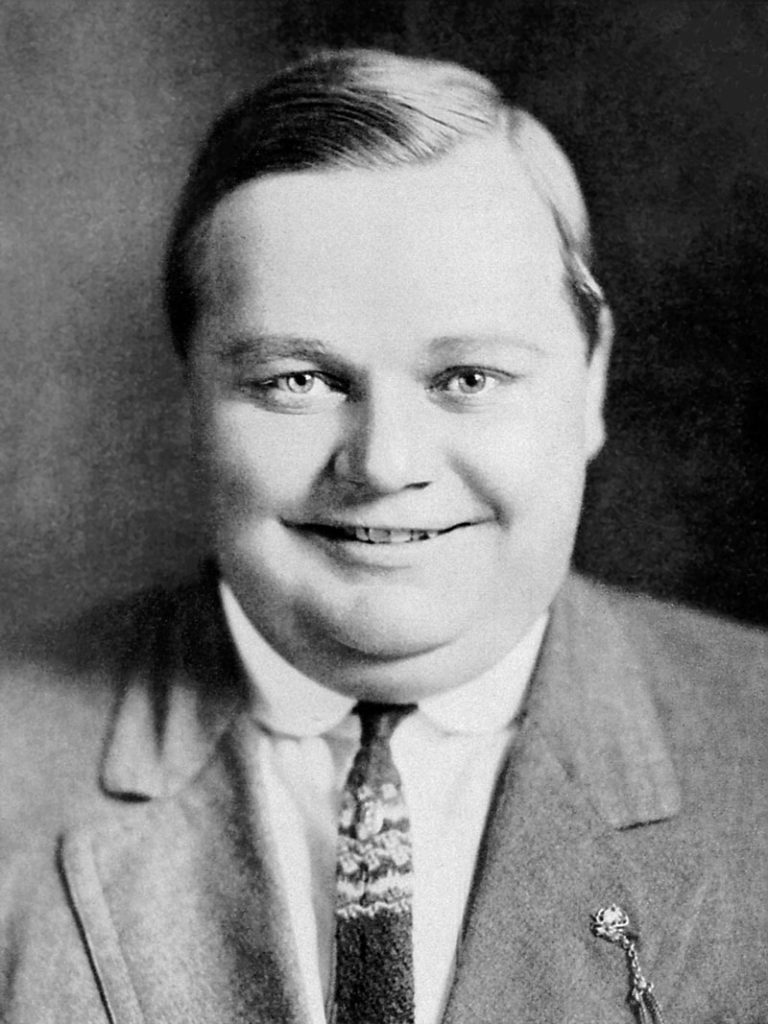Many of those that belong to the younger generation recognize Charlie Chaplin as the “mascot” or the “face” of the silent film era, which is a period in movie history where black-and-white films that have no sound were prominent. However, what most people today don’t know is that there are other stars that were as or even more popular then Charlie Chaplin, and these actors are considered to be pioneers of the movie industry because of their iconic roles and acting styles. Here are some of Charlie Chaplin’s contemporaries.
Harold Lloyd
Harold Clayton Lloyd Sr. is born on April 20, 1893 in Burchard, Nebraska. A few years after he was born, his father and mother divorce after many failed attempt in establishing a successful business. He then moved with his father to San Diego, California, the place where he will discover his passion for acting.
As an actor, Lloyd has been in more than 100 silent short films, but he has also appeared in 11 silent feature films and seven films with sound. During the 1920s, which was the peak of the silent film era, it was reported that he earned more money than Charlie Chaplin since he acted, produced, and directed 12 feature films, while Charlie Chaplin only managed to release four. Lloyd is widely known for his “Glasses” character, a person wearing glasses that is cunning, resourceful, and hardworking. In addition, Lloyd is also famous for directing and acting “thrill sequences,” which are parts of his films that feature stunts during chase scenes.
Buster Keaton
Born on October 4, 1895, Joseph Frank Keaton, better known for his stage name Buster Keaton, was born into a vaudeville family that exposed him to acting or performing as a child. After meeting the famous Roscoe “Fatty” Arbuckle at Talmadge Studios in New York, he was given a shot to perform as an actor in silent short films. Although his father disapproved of him beginning a career as an actor, Keaton started appearing in a variety of silent films, with his first being The Butcher Boy in 1917, where he was hired on the spot.
Much like a few popular actors during his era, Buster Keaton also had a signature character or persona in his films, and his was “The Great Stone Face,” a character that would often deliver physical comedy with a stoic expression on his face. He was considered the greatest actor of his era, and some of his films like Sherlock Jr. in 1924 and The Cameraman in 1928 were received with wide acclaim. However, after the peak of his career, he suffered from severe alcoholism, which could have been brought by the divorce with his wife and his regrets on signing with Metro-Goldwyn-Mayer. Thankfully, Keaton bounced back and revived his career during the 1940s.
Roscoe “Fatty” Arbuckle
Roscoe Arbuckle, also known as “Fatty” because of his physique, was born on March 24, 1887 in Smith Center, Kansas. He found his passion in acting at the age of 8 when he performed with Frank Bacon’s company on stage. He would soon begin his film acting career when he joined Selig Polyscope Company in 1909 to star in Ben’s Kid, his film debut. He would later move to Universal Pictures and would be a part of Keystone Studios, a film studio that was producing the “Keystone Cops” comedy films when Arbuckle joined.
Fatty Arbuckle is mostly known today as the mentor of Charlie Chaplin, as he would appear in a variety of films where Chaplin first acted in. Arbuckle is also known for being the one that discovered Buster Keaton when they met at Talmadge Studios in New York. Before Charlie Chaplin, Roscoe Arbuckle is considered to be one of the highest paid actors in the silent film era. Unfortunately, in the height of his career, Arbuckle got involved in three highly publicized scandals, including the rape and manslaughter of another popular figure in the era named Virginia Rappe. During the said trial, Arbuckle was accused of raping and killing Rappe, but after further investigation, the actor was acquitted from the crime. Despite doing nothing wrong, Arbuckle’s career suffered from the scandals, and it even resulted in his films being banned.
Edna Purviance
Edna Purviance was born on October 21, 1895 in Paradise Valley Nevada. She would later move to San Francisco to be with her sister Bessie while she is attending college in the city. It is in San Francisco where she met Charlie Chaplin, who would go on to be her partner in more than 30 silent films. Chaplin and Purviance would develop feelings for each other while working together in several silent films, including A Night Out in 1915 and The Kid in 1921.
Her first break as a leading actress was in A Woman in Paris in 1923, which was directed, written, and produced by Charlie Chaplin. Unfortunately, the film was a commercial failure, as many were expecting it to be a movie that Charlie Chaplin stars in, but it actually isn’t. Because of the failure of A Woman in Paris to be successful commercially, Purviance decided to retire from the film industry a few years after, as she believed that her popularity was not on par with Chaplin and other popular actors during the era. Despite having an early retirement, Purviance would later be recognized by many Chaplin fans to be one of the most important in Chaplin’s career, as the actor’s films wouldn’t be as successful without her.




